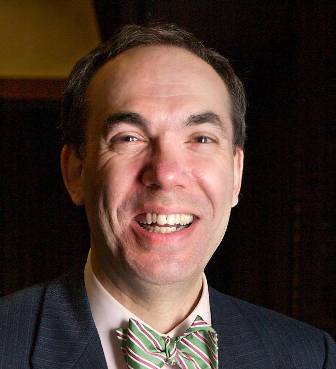|

Elliot Eisenberg, Ph.D.
GraphsandLaughs, LLC
April 2015
Last year, GDP growth was a mediocre 2.4%. While it was the best growth since 2010 when GDP growth was a “sparkling” 2.5%, it means yet another year, the ninth in a row, of sub 3% GDP growth. There has never been a run of such weak GDP growth since record keeping began in 1930. Yes, there were terrible periods but they were all blessedly brief, never lasting more than two or three years and they always occurred during recessions. In our case, the recession ended in June 2009. What is going on? The fact is that our weak GDP growth is not surprising at all, let me explain.
GDP growth was very good following WWII because annual labor force growth grew dramatically from 0.5% in 1950 to almost 2.5% in 1975. As a result, the prime-aged working population, those between the ages of 25 and 54, grew from 60 million to almost 80 million in 25 short years. While population growth then began to decline, it remained above 1% through 2003. As a result, the prime-aged population continued growing, hitting 122 million in 2003. As a matter of fact, the labor force grew much faster than the population during the 1970s and 1980s due to the huge influx of women into the labor force. As a result, the prime-aged working population grew by over 3% per year during the 1980s.
Regrettably, labor productivity growth has not been particularly good of late. But first some history: from 1948 through 1973 labor productivity grew at an amazing average annual rate of 2.8%. Add to that rapid labor force growth, and it’s no wonder GDP growth averaged 4.1% per year. Between 1974 and 1990, labor productivity grew by an anemic 1.4% percent but given good population growth, GDP growth was a solid 3.0% per year. From 1991 through 2007, productivity perked up to a very respectable 2.4%, and despite weak population growth, GDP still averaged 3% per year.
Since the start of the Great Recession, however, we have experienced anemic labor productivity growth of, again, 1.4% per year and a trivial increase in the working population. As a result, GDP growth has averaged a dismal 1.2% per year. Luckily the prime-aged working population is again starting to rise, which is good. The million dollar question is “How will labor productivity growth perform?” Will it be a replay of the boom years of 1974 through 1990, the crummy years since 2007, or more likely something in between? While nobody knows for sure, GDP growth should drift upwards as demographics become more favorable and labor productivity hopefully rises.
Elliot Eisenberg, Ph.D. is President of GraphsandLaughs, LLC
and can be reached at Elliot@graphsandlaughs.net. His daily
70 word economics and policy blog can be seen
at www.econ70.com.
|